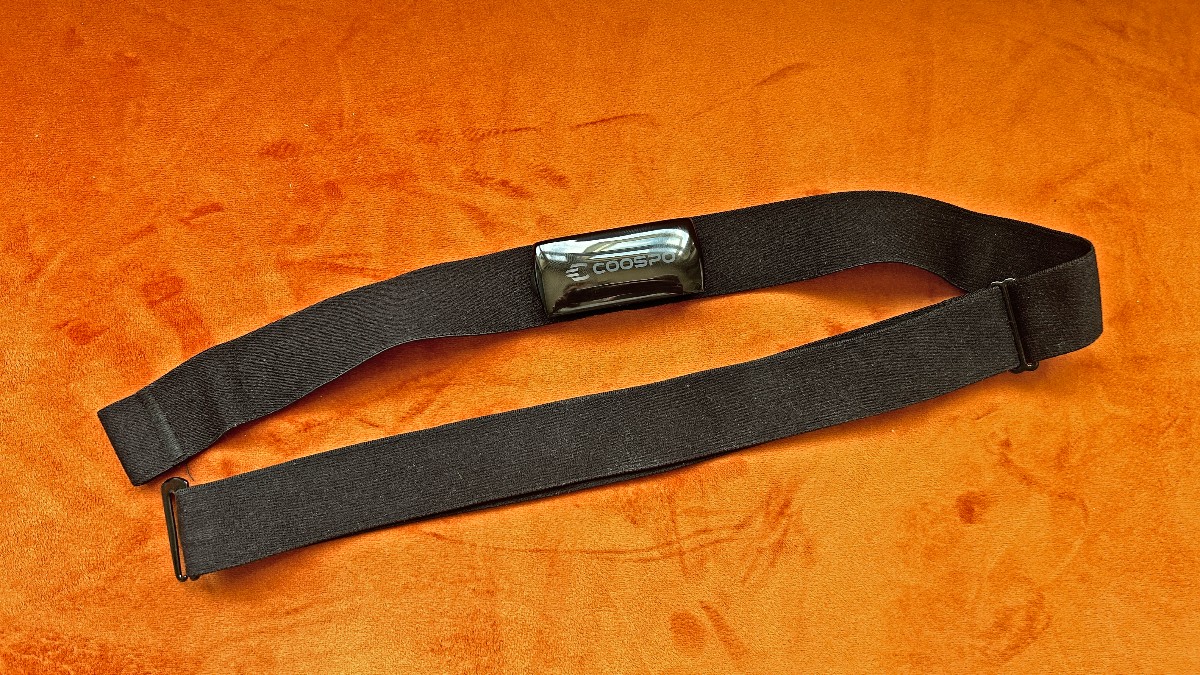Our Verdict
The Coospo H9Z is a budget chest-strap heart rate monitor that has produced accurate results in my testing. It’s not as comfortable as some rivals, and doesn’t offer many extra features, like running dynamics, but it’s great value and the long rechargeable battery life is convenient.
For
- Good value
- Accurate tracking
- Long rechargeable battery life
Against
- Not as comfortable as others
- Confusing having two apps
- No swim tracking
You can trust Coach
The Coospo H9Z is one of the best heart rate monitors available, providing accurate tracking and the convenience of a rechargeable battery at a good price. Coospo has cheaper options in its range, which use a coin battery if you prefer that approach, but the H9Z is among the best budget heart rate monitors.
Coospo H9Z HRM: Price And Availability
The Coospo H9Z launched in June 2023 and costs $49.99 in the US and £41 in the UK, though it’s already reduced on Coospo’s US and UK sites. I’d expect it to generally be available for less than its already low RRP.
How I Tested This Heart Rate Monitor
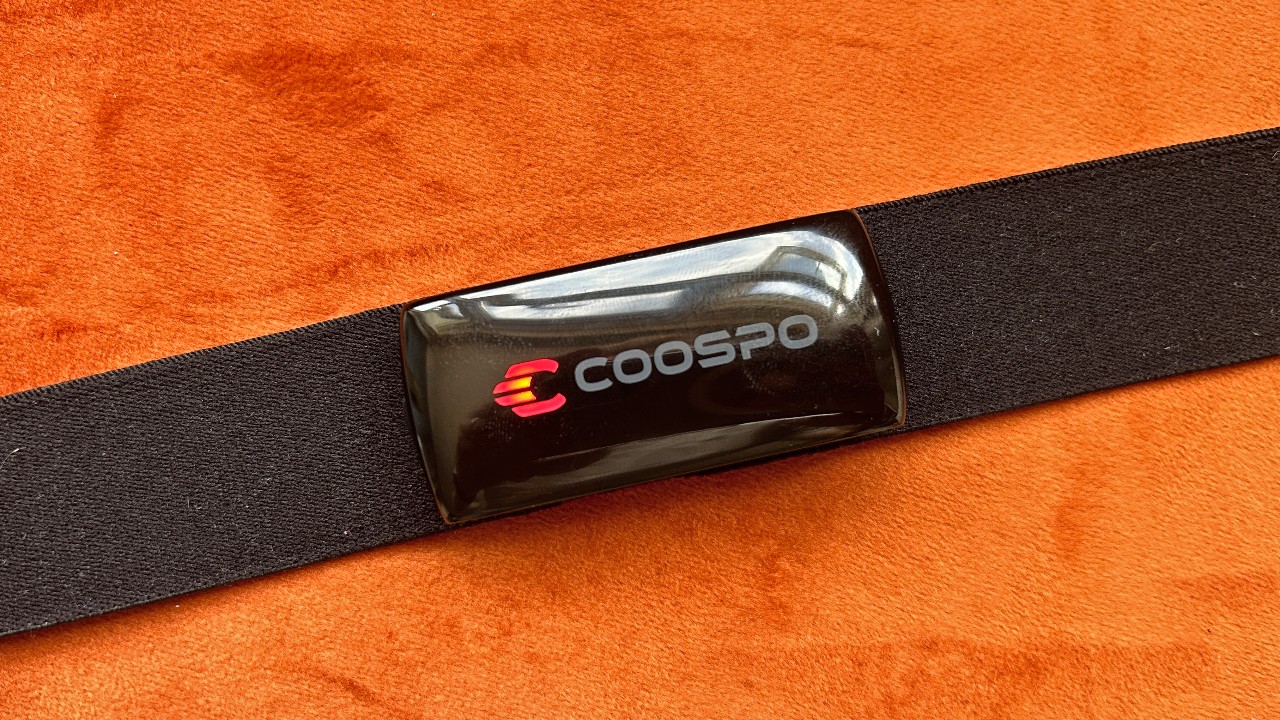
I’ve been using the Coospo H9Z to track my workouts over the past couple of weeks, most of which have been runs. I’ve used it for three hard interval runs, as well as easy runs and cycles, and compared it with the Coros HRM armband throughout. I’ve also tested the best heart rate monitors from Garmin and Polar, among others.
Design
The Coospo H9Z sensor is a slim rectangle with rounded edges that you clip into the adjustable strap, which is secured via a hook and loop. It has a length of 25in-36in (63.5cm-91cm). The strap is more noticeable and less comfortable than others I’ve tested, such as Polar’s H9 and H10 monitors, but it didn’t significantly annoy me over the course of several long runs.
When you clip the sensor in and put the strap on your chest the Coospo H9Z will beep to indicate it’s on. You can connect it to apps and watches via Bluetooth and ANT+. I found this easy to do with a couple of watches and several apps. It supports two Bluetooth connections at once.
Once you finish your workout you need to take the sensor out of the strap again to stop it beeping at you. This ensures it turns off and saves battery life, which is listed at 50 hours. You recharge the sensor by putting it in the charging cradle provided.
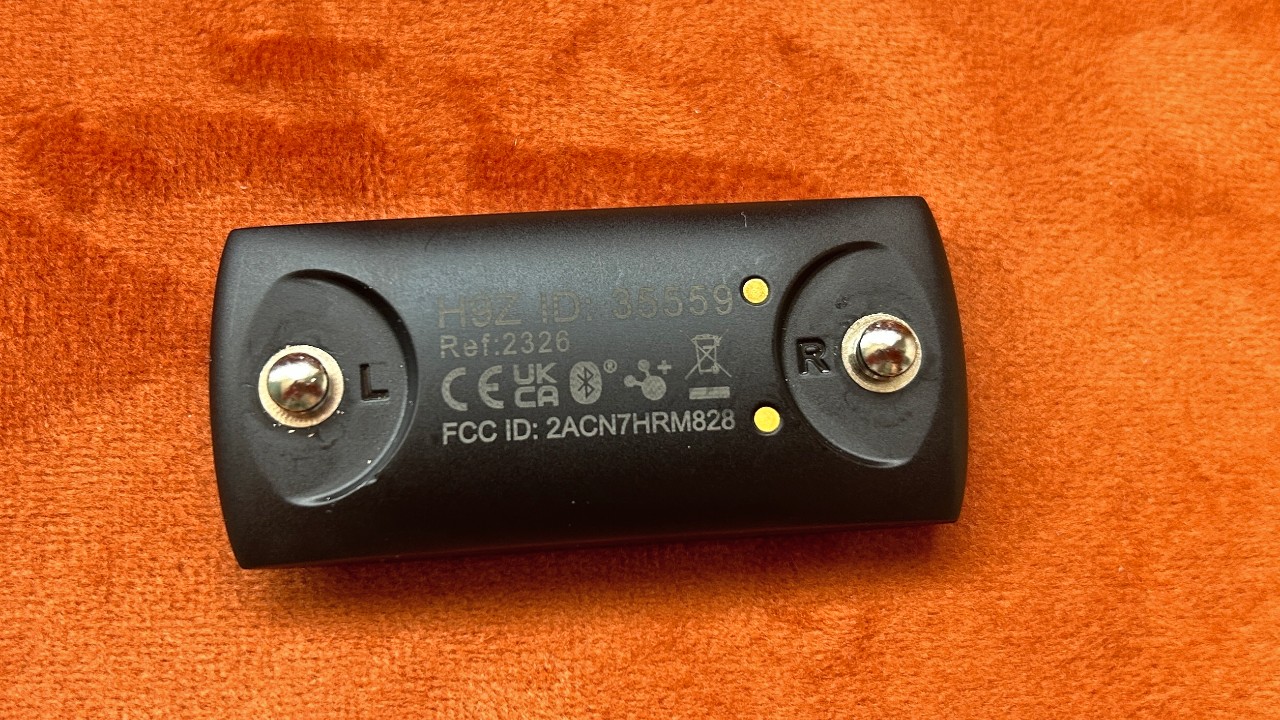
On the front of the sensor is an LED that flashes the color of the heart rate zone that you’re in—you can set this up and adjust the zones using the Coospo Ride app. The sensor also connects to the Heartool app where you can take heart rate variability measurements to monitor stress. You can connect a Coospo bike computer or other cycling sensors and record bike rides with the Coospo Ride app, and track all kinds of live workouts with the Heartool app.
Having two apps is unnecessary, though most people will probably use neither. Instead, they’ll connect the Coospo H9Z to their preferred app or fitness tracker. The tracker is waterproof with an IP67 rating, but it isn’t suitable for swimming. The rating is also lower than many HR monitors, which offer at least 1ATM, so are waterproof to depths of 10 meters. The tracker also can’t store workouts.
Sports Performance
I’ve used the Coospo H9Z monitor to track a variety of runs, including three interval sessions where my heart rate spiked and dropped quickly. I’m an experienced runner and knew what to expect from my heart rate during these sessions. I also wore the Coros HRM armband during the runs as a way to sense-check the Coospo’s readings.
Overall, I was impressed with the accuracy of the chest strap, which matched the performance I expect from a chest strap. That is to say, there were no errors that I could spot over the course of all my workouts with it.
It paired to watches quickly and reliably and I saw the spikes and troughs in heart rate I’d expect during my runs. It also lined up well with the Coros HRM’s readings, in that the Coospo H9Z showed slightly less lag when tracking intervals, which you’d expect from a chest strap versus an armband relying on optical heart rate readings.
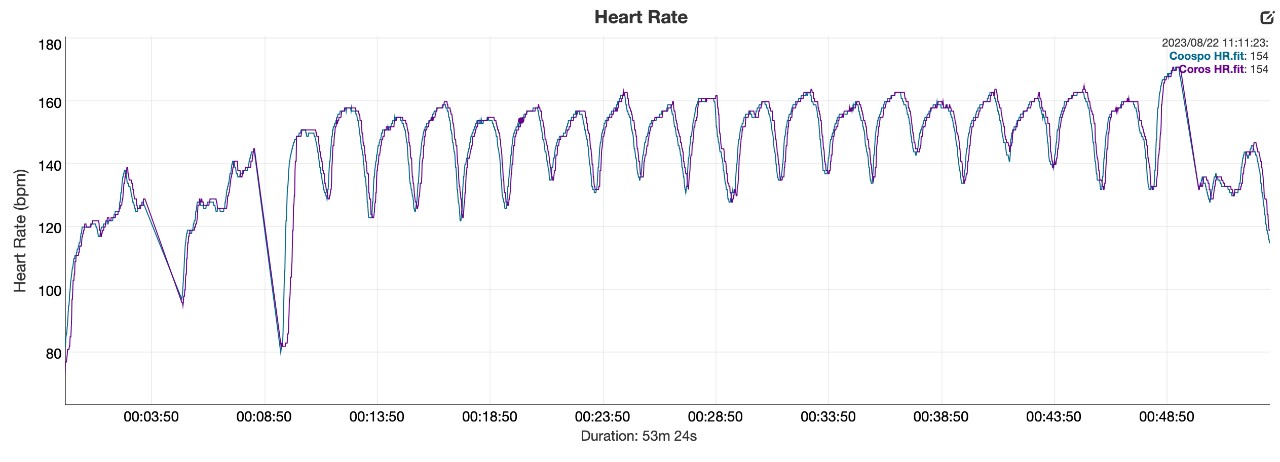
Beyond the accurate heart rate tracking you don’t get a lot from the Coospo H9Z. You can take heart rate variability (HRV) readings in the Heartool app. This can be a good way to track how well recovered your body is, if you do the readings in the same way at the same time each day and look at the recorded stress level. There are no extras, such as running technique stats, which you get from some Wahoo and Garmin devices.
I had the strap covered by a T-shirt during my workouts so the LED showing what heart rate zone I was in wasn’t useful, though it may be handy for indoor HIIT sessions. You can also set a maximum heart rate alert, whereby the sensor will buzz, if you don’t want to push your heart rate too high during a session.
Battery Life
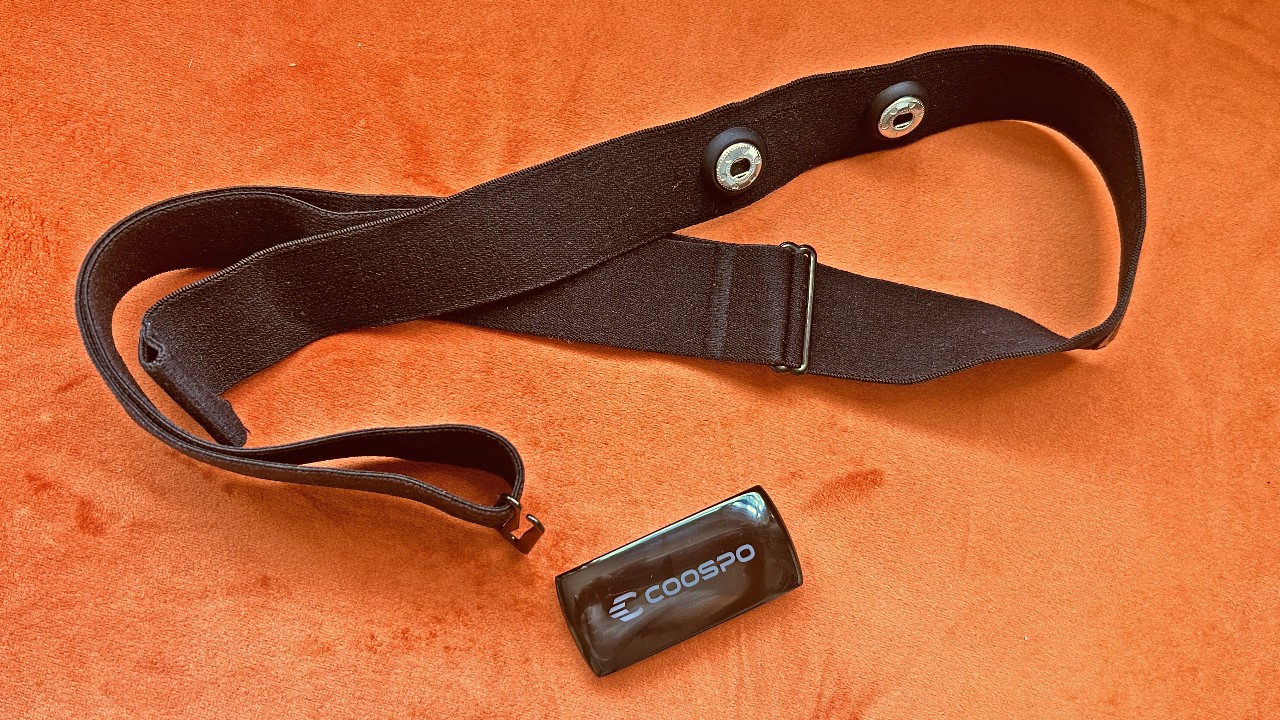
Coospo lists the battery life as 50 hours. So far in my tests, the sensor has matched that and, on occasion, slightly surpassed it. Coin battery-powered straps offer the benefit of lasting several months on a charge, but it’s more annoying to change the battery in them.
Is The Coospo H9Z Heart Rate Monitor Worth It?
The Coospo H9Z is worth its relatively low price, offering reliable tracking and convenience through the long rechargeable battery life. If you need swim tracking or extra features then the best straps, like the Polar H10 or Garmin HRM-Pro Plus, are worth upgrading to. For general tracking, while connected to a watch or app, the Coospo H9Z fits the bill well.
Other good, cheaper options include the Polar H9, which is more expensive than the Coospo H9Z but more comfortable, and uses a coin battery which some users may prefer. The Wahoo Tickr is another reliable monitor that broadcasts HR and offers three simultaneous Bluetooth connections.

Nick Harris-Fry is a journalist who has been covering health and fitness since 2015. Nick is an avid runner, covering 70-110km a week, which gives him ample opportunity to test a wide range of running shoes and running gear. He is also the chief tester for fitness trackers and running watches, treadmills and exercise bikes, and workout headphones.
